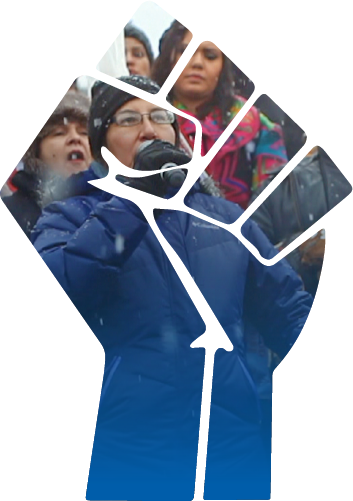

The Power Was With Us:
Idle No More
It’s a movement few saw coming. To others, it’s a chapter in a much greater story. Beginning in the winter of 2012, the Idle No More movement changed what Canadians thought they knew about Indigenous Peoples. From round dances to hunger strikes, it’s an awakening that even changed what many Indigenous people think of themselves. Without any central leader, from every province and territory, it grew in just weeks and left media scrambling to understand—and caused the Canadian government and security establishment to go on high-alert. Drawn from social media, APTN National News’ extensive archives, and updated with interviews with those who were there, this 2-part documentary series explores the roots, impacts and ongoing legacy of a global movement sparked by four women from Saskatchewan.


Part Two: January 30th
In Part Two of this double-episode documentary, Producers/Directors Tim Fontaine and Rick Harp continue their sweeping survey of Idle No More, a nation-wide wave that galvanized Indigenous resistance. This chapter continues with federal reaction to the movement, including unprecedented levels of surveillance by a host of government agencies. Also in focus, the complicated interplay between grassroots and Chiefs heightened by Attawapiskat Chief Theresa Spence, who took to Parliament Hill to announce her hunger strike amidst Idle No More’s many actions. What did Idle No More mean for Indigenous political activism? And how is its enduring legacy widely felt today?






